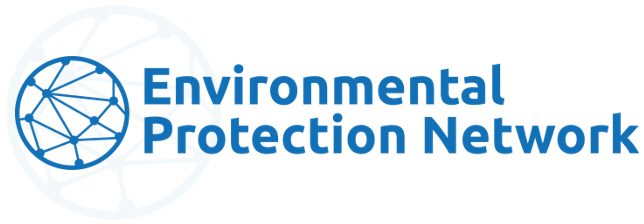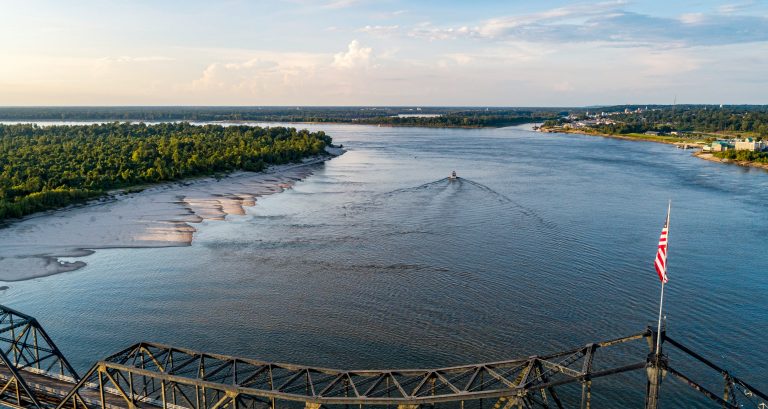FOR IMMEDIATE RELEASE
November 17, 2025
CONTACT: Aaron Bharucha, Public Relations Associate
(509) 429-1699 and epn-press@environmentalprotectionnetwork.org
Former EPA Scientist Warns New WOTUS Rule Strips Protections from Wetlands and Puts Clean Water at Risk
“It’s a direct assault on the clean water Americans rely on.”
Washington D.C. – The Environmental Protection Network (EPN), a bipartisan coalition of former U.S. Environmental Protection Agency (EPA) staff and appointees, strongly condemns the new “Waters of the United States” (WOTUS) rule released today by EPA. The rule drastically narrows the scope of the Clean Water Act (CWA), leaving millions of acres of wetlands and countless small streams vulnerable to pollution and destruction.
“This is one of the most significant setbacks to clean water protections in half a century,” said Dr. Betsy Southerland, former Director of the Office of Science and Technology in EPA’s Office of Water. “This rule ignores decades of science showing that wetlands and intermittent streams are essential to maintaining the health of our rivers, lakes, and drinking water supplies. It’s a direct assault on the clean water Americans rely on.”
Wetlands play a critical role in filtering pollution, reducing flood risk, replenishing groundwater, and providing habitat for fish and wildlife.
“Clean water protections shouldn’t change with each administration,” said Southerland. “Every family deserves the same right to safe water, no matter where they live or who’s in office.”
The rule—developed under pressure from industry groups and despite a 2023 rulemaking that had aligned WOTUS with the Supreme Court’s 2023 Sackett v. EPA decision—further weakens federal safeguards by limiting jurisdiction to only those wetlands with continuous surface connections to navigable waters. An estimated 60% of the nation’s wetlands and nearly all ephemeral streams would be excluded under Sackett, and EPA’s new Zeldin rule goes further by codifying an even narrower definition of which wetlands will be protected.
“This action by Administrator Zeldin will lead to more water pollution, more flooding, and more risk for American families,” said Peter Murchie, Senior Director at EPN and a former EPA regional water division leader. “It’s a gift to developers and polluters at the expense of communities—especially those already facing unsafe drinking water and chronic flooding.”
EPN experts warn that the rule will have severe consequences for public health, agriculture, and local economies that depend on clean and reliable water supplies. Without federal oversight, states with weaker water programs will face mounting challenges as pollution and runoff cross state lines.
How We Got Here: Background on WOTUS
“Waters of the United States (WOTUS)” defines which rivers, streams, lakes, and wetlands are protected under the Clean Water Act—the nation’s cornerstone clean water law since 1972.
Over the past decade, that definition has been changed five times, creating confusion for states, farmers, and industries alike.
Before 2015: Broad protections covered most wetlands and small streams that affect downstream waters.
- 2015 (Obama rule): Expanded protections using the best available science to include ephemeral and intermittent streams.
- 2020 (Trump rule): Sharply limited protections—many wetlands and small waterways lost coverage.
- 2023 (Biden rule, post-Sackett): Attempted to restore safeguards but was constrained by the Supreme Court’s decision restricting EPA authority.
- 2025 (Zeldin rule): Excludes most wetlands without visible surface water—potentially leaving more than half of U.S. wetlands and countless small streams unprotected.
- These wetlands filter pollution, prevent floods, and protect drinking water for millions of Americans. Weakening their protection means more contaminated water, higher flood risks, and greater costs for communities downstream.
###
ABOUT ENVIRONMENTAL PROTECTION NETWORK
Founded in 2017, Environmental Protection Network harnesses the expertise of more than 700 former EPA career staff and confirmation-level appointees from Democratic and Republican administrations to provide the unique perspective of former scientists and regulators with decades of historical and subject matter knowledge. Find all of EPN’s recent press statements here.

